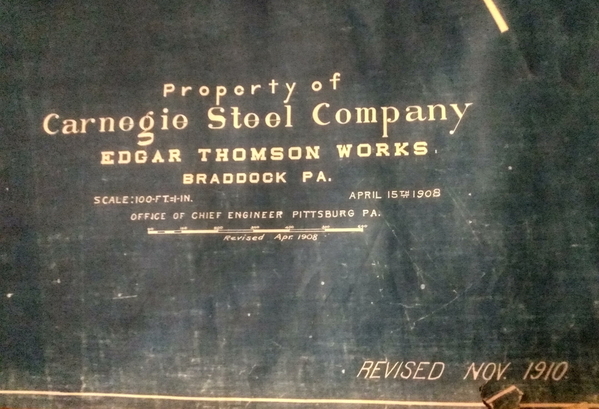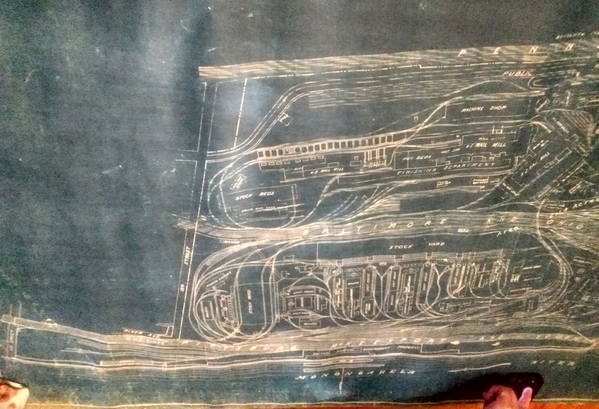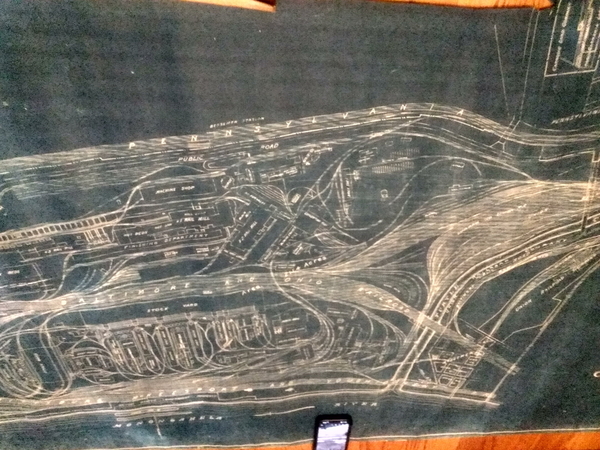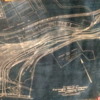Hello all,
I was pondering which railroads I would like to model as I transition my focus from semi-scale to scale operation. I settled on three of the biggest railroads of the "transition era" - the New York Central, Pennsylvania, and Baltimore & Ohio railroads. I've done much research on all three and have a general knowledge of their equipment and locale. However, I wondered if there were any areas where the three "met" in real life. If so, in which areas did the three share facilities (roundhouse, yards, etc.), and what types of motive power could be seen? Any information is appreciated, and pictures are very much appreciated.












